Design for connection allows human beings to have a sense of belonging through the spaces they inhabit.
As human beings, we need a sense of belonging, connection, we need to gather. Social connection can lower anxiety and depression, help us regulate our emotions, lead to higher self-esteem and empathy, and improve our immune systems. As I think about the projects I have worked on over the last few years, many of them have a common theme of providing a place for connection. In this time of distance I am realizing how important design for connection is for me, my clients, and our community.
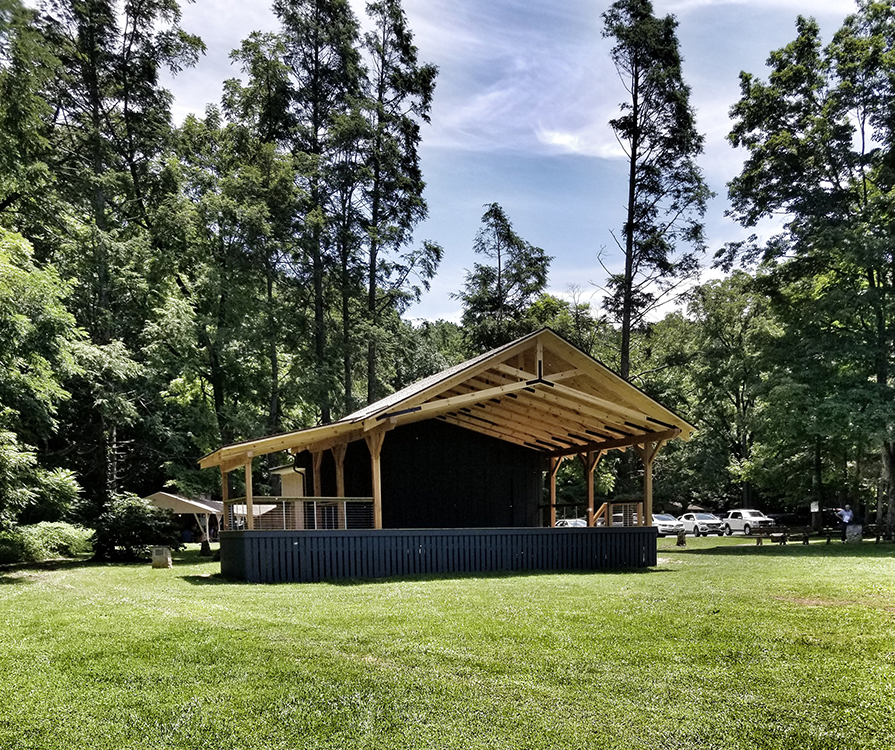
Designing a performance stage that is centered around Red Wing Roots Music Festival is clearly a design for connection. The stage is the base for bands to bring in their fans around the common interest of their performance. The connections that happen in this space are between the musicians and the audience, but also the lighting and sound engineer and band, the photographers, the promoters, and of course nature. How this venue works for all those connecting through the space sets up a basis for success. This space at Natural Chimney park is designed for connection.
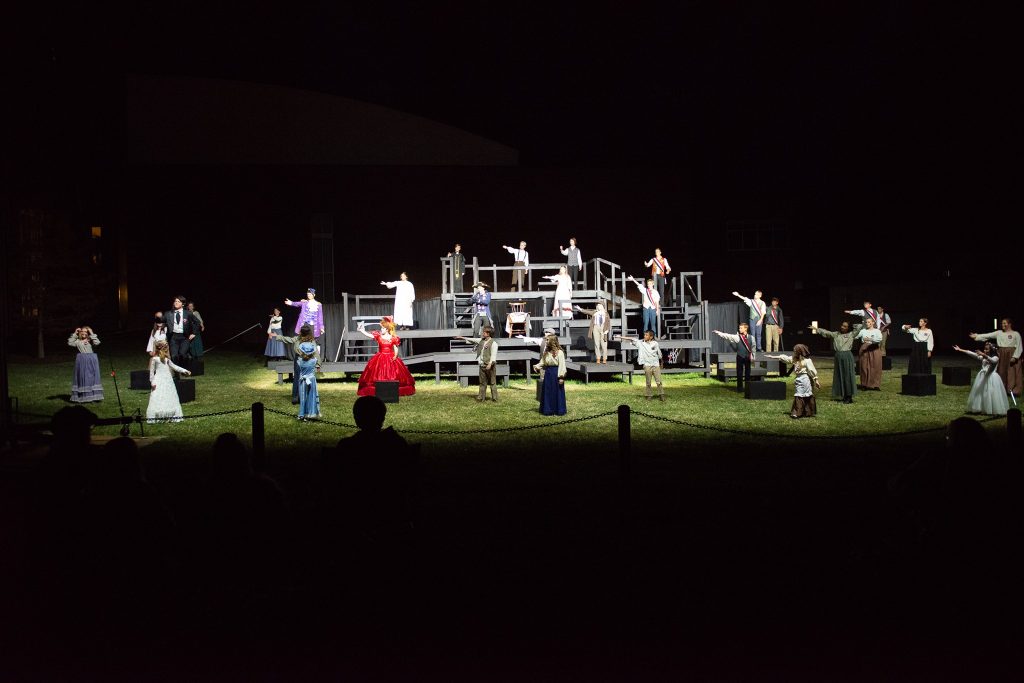
We can see how movement, light, and sound amplify the experience in a live production like Eastern Mennonite School’s musical Les Misérables on the stage we designed – with huge help and inspiration from Ms. Anderson that had a vision. However, the most important aspect of this stage was that it provided connection for students in a safe way in a time where distance is required. It allowed them to connect with the community through sharing their talents. It gave connection opportunity through a space of performance.

It is not just large outdoor spaces that have these positive outcomes of providing connection for community, it is also private spaces that allow for gathering safely. A rooftop deck provides privacy, views, and needed ventilation for groups to connect while distanced in a more intimate connection setting.
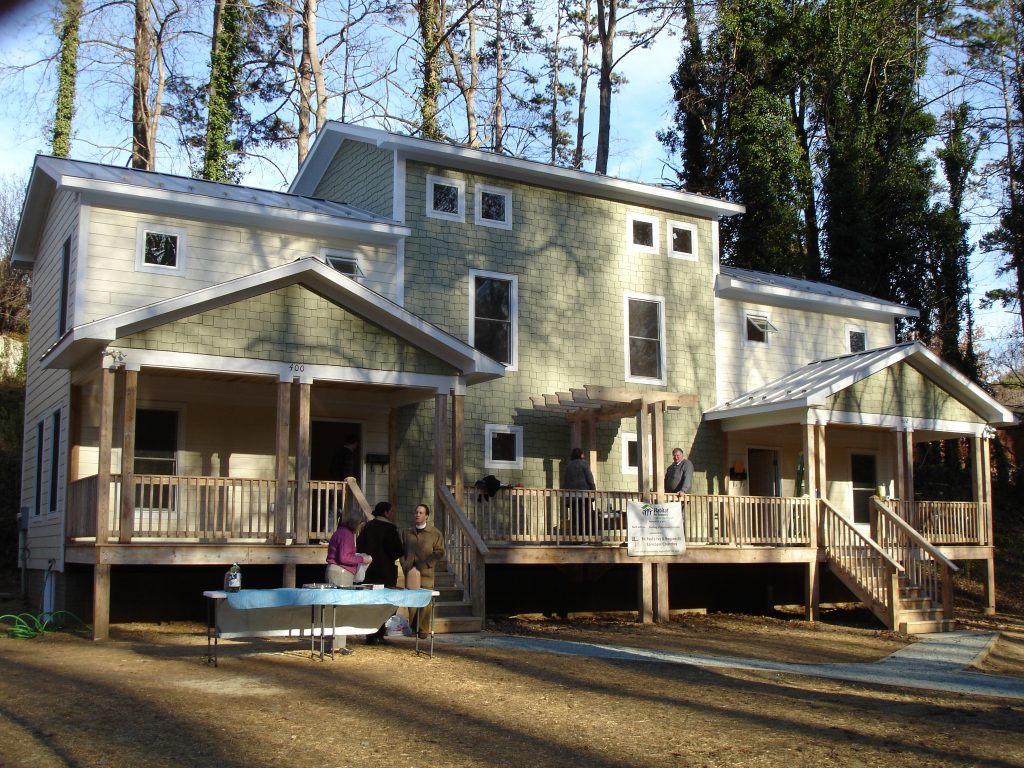
Thinking about connection, while designing this Charlottesville Habitat for Humanity house a few years ago, found a long front porch as the right solution. While designing and learning more about the Habitat mission of providing home ownership I realized that one key element with these homes is building a sense of connection through community. Connection comes through spaces designed to facilitate coming together. Instead of two independent porches, I took the design a step further and connected them across the front of the unit with a built-in bench between, a place for connection for neighbors.
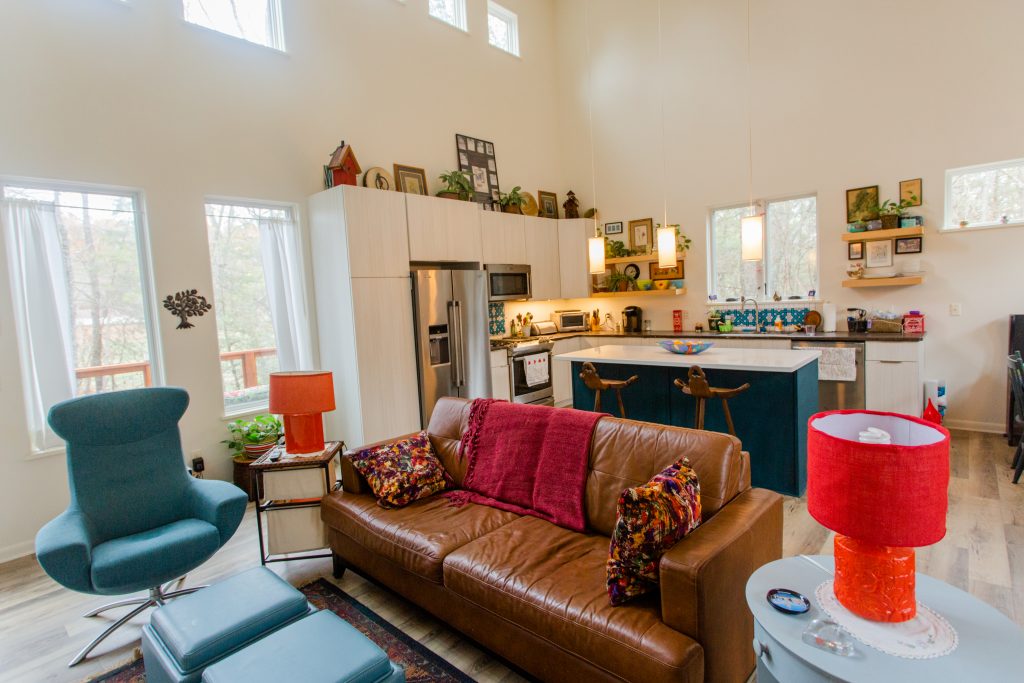
In less public spaces I also design for connection. A cozy living room / dining / living area with built-in seating options allows for connection within the home. The colors, textures, and light offer a calming space that allows for focus on those around you sharing life.
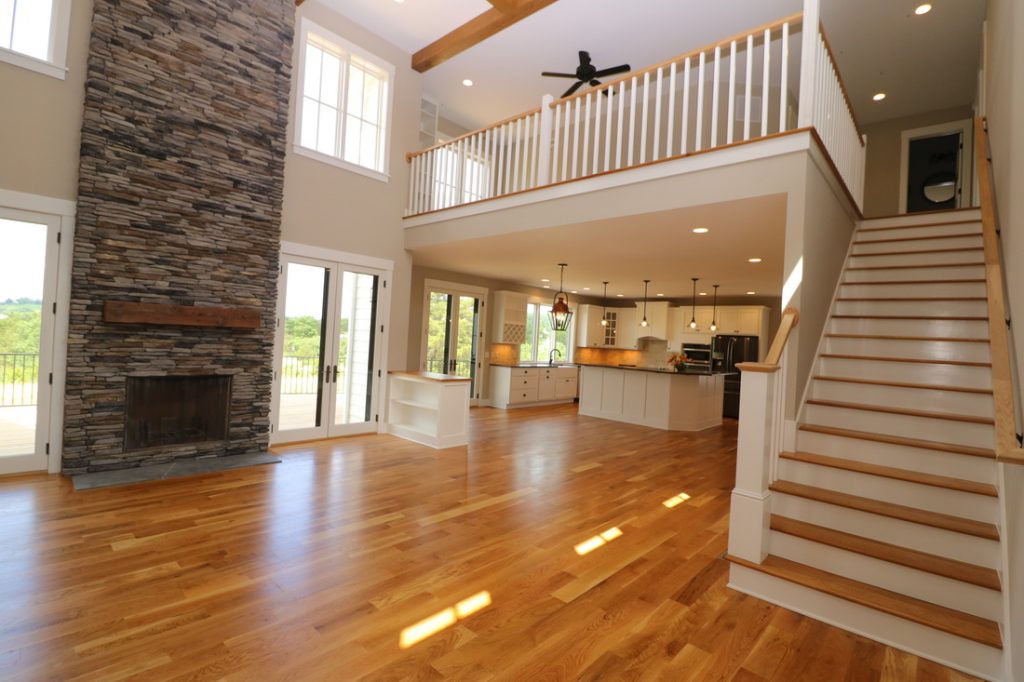
The idea that through design we can build a better community, our firm motto, is not just a macro idea about the larger community. It exists in every farmhouse, business, stage, school, church, and deck we design. This year more than any other I am realizing the importance of the work I do to design for connection. While I might be hired to design a living room addition, my responsibility is to design for the connections that space will facilitate in the future.




